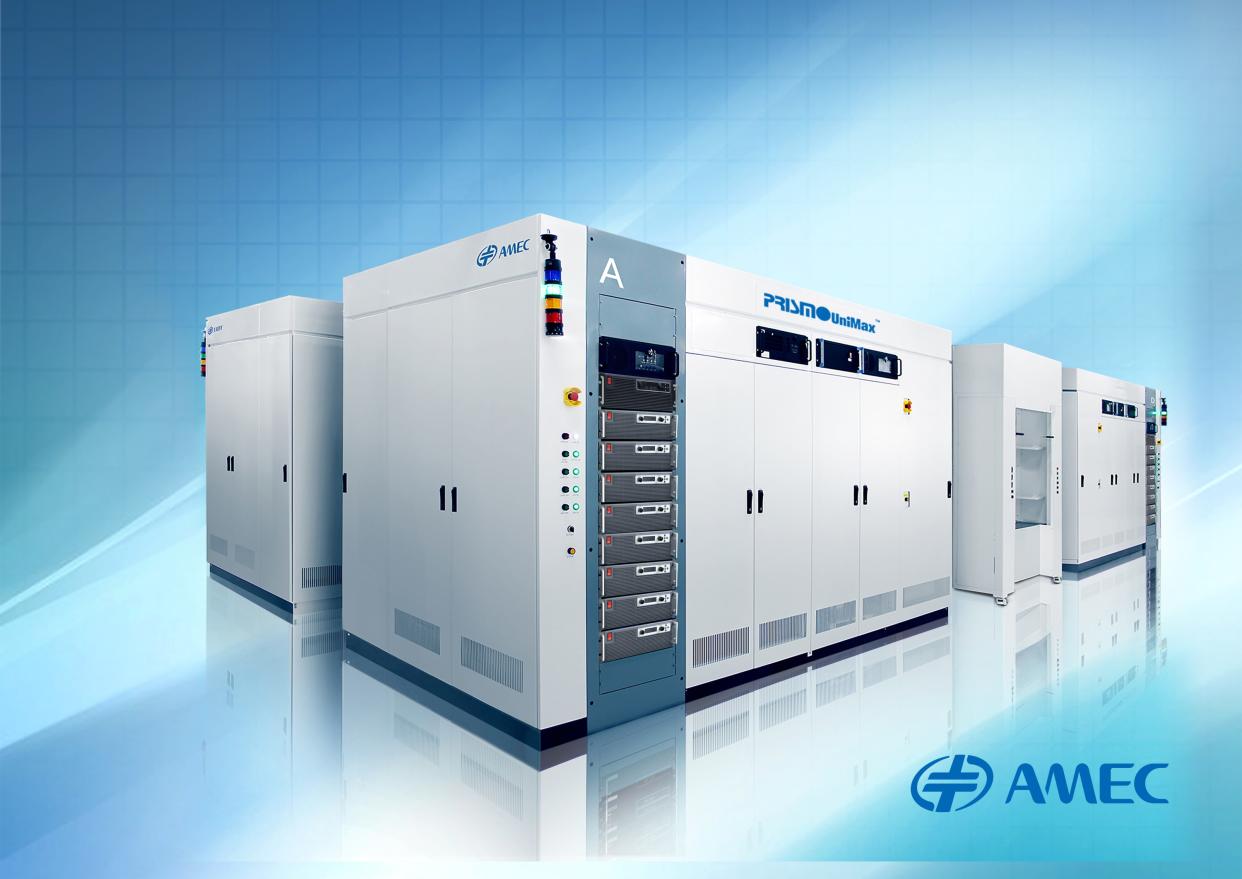China Chipmaker Says it Is Replacing Sanctioned Tools Rapidly

According to the founder of one of China's leading etching equipment manufacturers, Advanced Micro-Fabrication Equipment (AMEC), the US's import restrictions will only negligibly impact his companies' capacity to operate. More specifically, Gerald Yin said that around 80% of imported (and now restricted) equipment could be replaced by domestic alternatives by the end of the year. In fact, Yin said AMEC estimates it could resume full operational capacity by the second half of 2024 - a result of China's billion-yuan drive to achieve semiconductor self-sufficiency.
AMEC expects to reach a 60% domestic dominance for the capacitively coupled plasma (CCP) etching equipment market in the next few quarters - a significant increase from its 25% overall market share as of October 2022. But the company is also eying the inductive coupled plasma (ICP) tool market - and aims to control three quarters of it almost as fast.
While AMEC grows its share, US-based Lam Research shrinks - the same Lam Research that recently presented a possible design for 3D DRAM. It's perhaps telling that AMEC can take such a significant market share from such a company - either China's market is deceptively advanced, or Lam Research is being bled to death in the Chinese market by being restricted in what it can sell.
How exactly AMEC is able to fill in - especially considering the purported 5-generation technological gap between US tech and Chinese tech - would also be an interesting question to ask. In fact, Lam Research served a lawsuit for IP theft against AMEC in December 2010 - one that resulted in a favorable court decision in March 2017. AMEC appealed and won the second instance trial judged in the Shanghai High Court, as announced on July 11th. And in a twist, not only has Lam Research to pay damages and legal costs to AMEC, but it was also ordered to reimburse it for misappropriating the Chinese company's trade-secrets instead.
AMEC's market share growth is also happening in a shrinking market, however: China's domestic markets for the semiconductor equipment it manufactures shrunk 33 percent year-on-year in the first half of the year. That's higher than the global semiconductor market itself, which contracted at an average of 23%. In that market, AMEC clinched 4.7 billion yuan (approximately $645 million) in revenue. A far cry, however, from the $2.5 billion Lam Research expects to lose in all its Chinese areas of business for the duration of the export restrictions. And interestingly, Lam Research hasn't had another product-related announcement since December 2021. That's when it announced a 100th-chamber sale milestone for its Prismo UniMax system, used to mass-produce gallium nitride-based (GaN) mini-LEDs found in TVs, laptops, monitors, automotive displays, outdoor displays, and other products.
But then, vacuum can't hold out for long, and multiple players throughout all areas of the semiconductor supply chain are sprouting in Chinese soil - including chip-making manufacturers with the required tech to at least serve the domestic market. Those - and the giants like SMIC - account for the remainder portion of Lam Research's estimated losses. And with Lam Research lie all those who aren't within China's domestic market.
Of course, China has all the interest in maintaining its course. What's $5 billion here and $5 billion there? Being self-sufficient also means that the economies that used to export towards your territory are left with one less trade route. Lam Research expecting a $2.5 billion loss is but one of many such similar cases. Even Nvidia is missing out on the already incredible success of its AI accelerators. China's internal market conquest means a smaller pie for everyone else, in the end.
When you picture a 19.2 million core supercomputer, it really doesn't seem like China is being all that deterred by US sanctions. And while it may be true that China is 5 generations behind leading-edge tech (which it increasingly seems like it isn't), they are at least leading on high-quality academic research against the same country sanctioning them. And AMEC does say it fabricates tools capable of 5nm etching nodes and beyond on its homepage footer.
There's dealing with sanctions now (by creating the domestic capability and satisfying China's thirsty markets), and there's dealing with sanctions later (by researching your way towards the future). In any case, it seems China is happy (it says) with how it has been mostly hit by shrapnel instead of with an economic time-bomb. It seems the jury may still be out on that, within the broad scheme of things.
